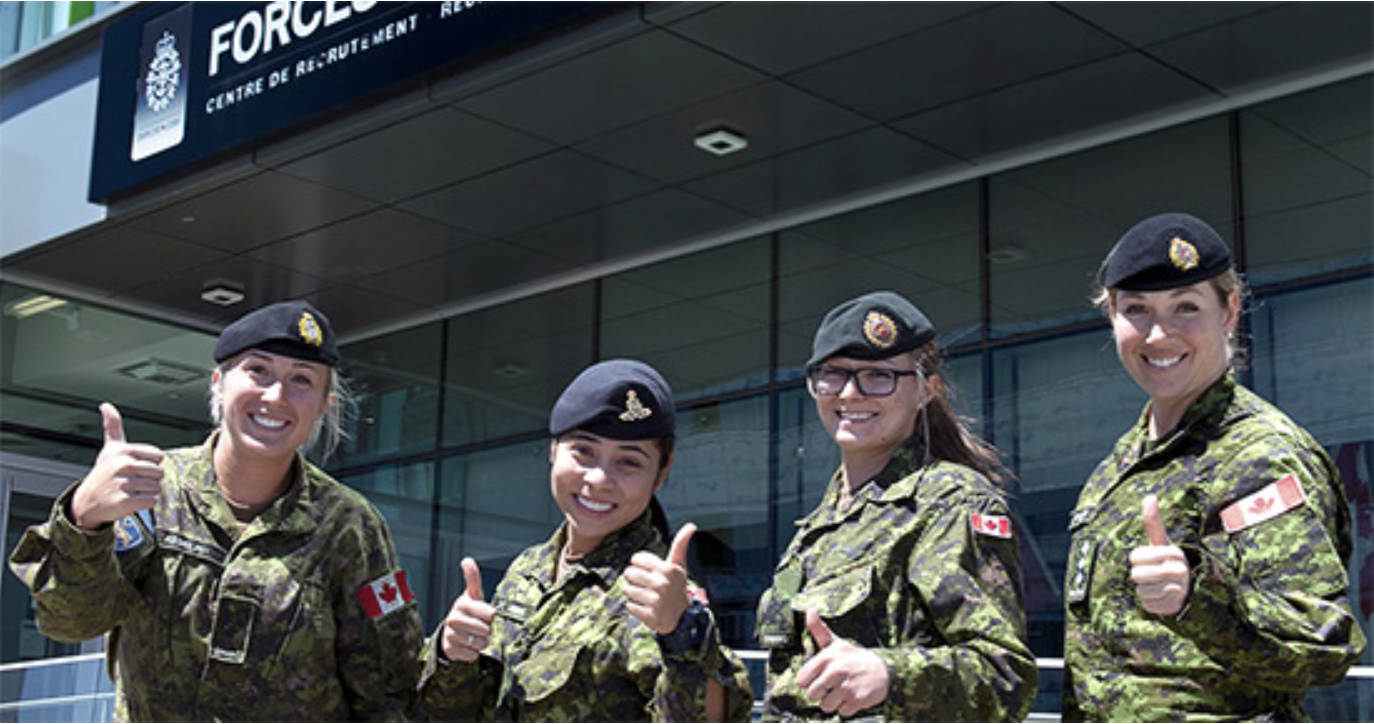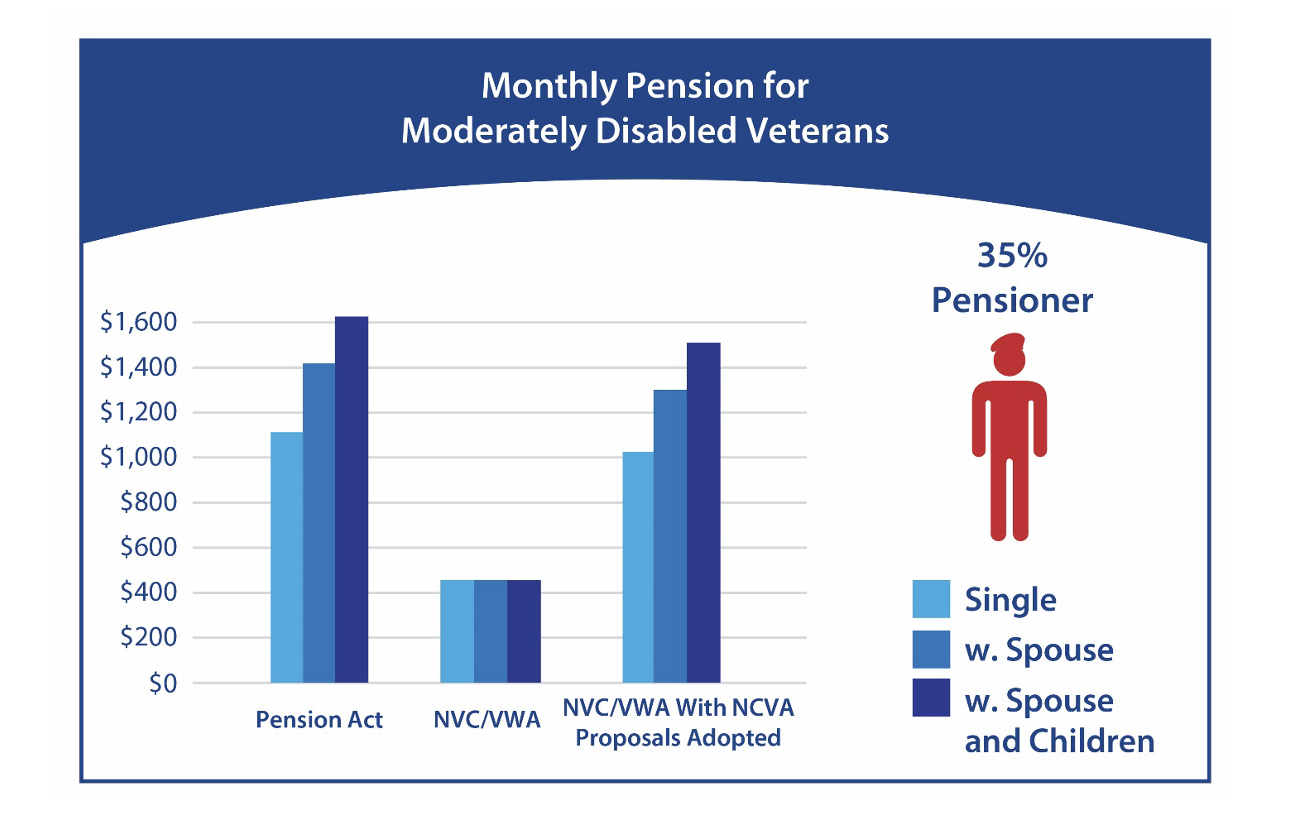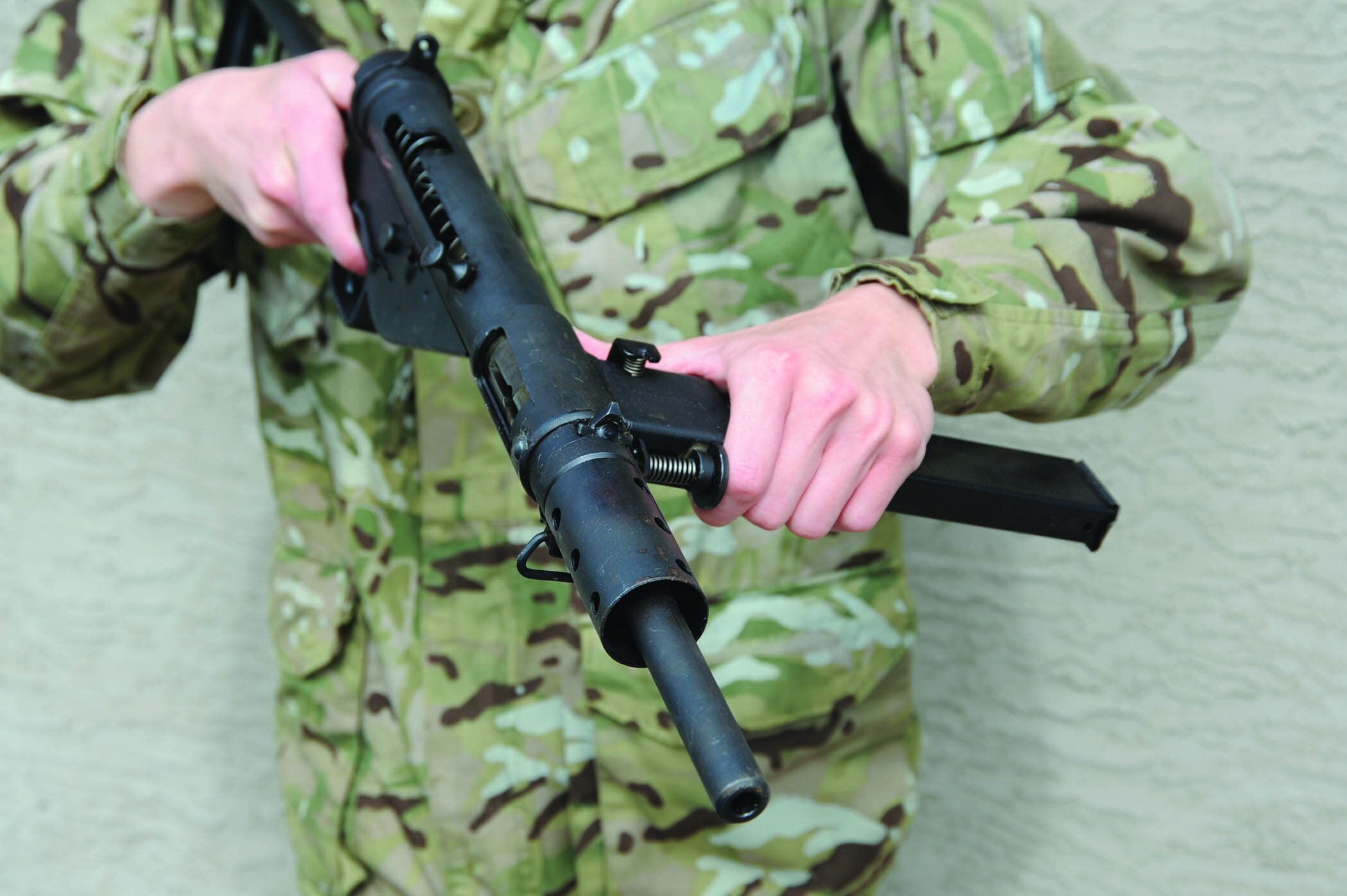Prepared by: James P. Hutton, rmc, CD, BSc, MSc, MBA Commander (retired)
Director, Veterans with Cancer Inc. website: www.VeteransWithCancer.com email: Veteran@VeteransWithCancer.com
This Discussion Paper was developed by Veterans with Cancer Inc. (VwC) in collaboration with veterans who were exposed to various environmental hazards during their service. It documents cancer cases among veterans from a diverse range of occupations and locations, including military bases both at home and abroad, soldiers in the field, sailors at sea, and airmen and airwomen stationed worldwide.
Executive Summary
This discussion paper highlights the disparity in the treatment of cancer-related claims between U.S. and Canadian veterans, advocating for equitable changes to the Canadian claims process. The U.S. PACT Act offers expedited claims for veterans suffering from cancer linked to toxic exposures, eliminating the need for extensive medical evidence. In contrast, Canadian veterans face a more complicated and prolonged process, burdened by traditional injury claim procedures and inconsistent interpretations of regulations like paragraph 50(g) of the Veterans Well-Being Regulation. As a result, cancer claims often experience delays and unfair denials. For example, one veteran, in 2015, was denied his claim for Prostate Cancer as a result of exposure to Carbon Tetrachloride (CTC). The denial was based on the fact that a Medical Advisor, in 2013, could not find research identifying CTC as a carcinogen, in spite of the fact that the International Agency for Research on Cancer (IARC) identified Carbon Tetrachloride as an agent that possibly causes cancer in humans in 1999. Since then, both VAC and VRAB have approved claims for veterans with identical conditions and exposures.
This paper proposes two primary options to address this issue:
Amend the Veterans Well-Being Act to include presumptive exposures to carcinogens and automatic awards, similar to the U.S. PACT Act. This solution would provide a permanent fix but may require a lengthy legislative process.
Clarify the interpretation of paragraph 50(g) to ensure consistent and fair application, enabling quicker approval for veterans exposed to environmental hazards, without the need for additional medical opinions. This option could be implemented swiftly through an Executive Directive, although it may be subject to future changes.
The proposed solution is a combination of both options — VAC immediately issuing an Executive Directive while VwC continues its pursuit of legislative changes to the Veterans Well Being Act. The Paper provides proposed wording for a potential Executive Directive in Annex A.
This approach would expedite the claims process, reduce backlogs, and align Canadian veterans with their American counterparts, ensuring they receive the support they deserve.
Ultimately, the goal is to provide Canadian veterans with cancer the same level of recognition, benefits, and expedited processes as U.S. veterans, ensuring fairness, consistency, and justice for all who have served.
Introduction:
Cancer is often a terminal illness that can progress despite treatment or tumor removal, making it imperative to have an expedited evaluation process for cancer-related claims. The U.S. PACT Act addresses this need by establishing a list of hundreds of presumptive conditions linked to toxic exposures such as burn pits, Agent Orange, and other carcinogens. Under the PACT Act, veterans only need to provide their military service records to establish a connection between their service and the condition, eliminating the need for extensive medical evidence to prove causality1.
In contrast, Canadian veterans with cancer face a far more prolonged and complicated process. Claims for cancer are burdened by traditional injury claim procedures, making processing time significantly longer2. Until recently, Canadian veterans were required to obtain a letter from their oncologists linking cancer to military service—an almost impossible task, as few oncologists specialize in cancer research.
For example, one of our members has been navigating the process for three years. Their claim spent the first two years under evaluation at Veterans Affairs Canada (VAC) before being denied. It then spent another seven months at the Bureau of Pensions Advocates (BPA) before being heard by Veterans Review and Appeal Board (VRAB) where the veteran was granted a five-fifths award in August 2024. Despite this, the veteran’s file is still under assessment review with VAC at this time. Other veterans report similar experiences, highlighting the need for an expedited process for those with cancer.
This raises the question: should Canada simply adopt the presumptive conditions of the American PACT Act to speed up the claims process? Or, are there other ways to level the playing field for Canadian veterans with cancer and provide them with similar expedited processes and benefits?
Background:
The distinction between chemical injuries and traditional physical injuries is important. For instance, if a veteran loses an arm in combat, the cause-and-effect relationship between the injury and military service is clear. However, if a veteran is exposed to a carcinogenic chemical and develops cancer 20 years later, establishing a link between the exposure and the disease becomes far more complex. Unlike battlefield injuries, which are rare and often have no civilian counterparts, delayed chemical injuries have multiple potential causes, many of which are common in the general population. This complexity likely explains why the U.S. PACT Act includes hundreds of presumptive conditions, facilitating faster claims processing by providing automatic awards to veterans who develop one of these conditions due to exposure to known environmental hazards.
Discussion:
Recent research comparing the U.S. PACT Act with the Canadian Veterans Well-Being Act reveals there are potential areas for improvement in the Canadian legislation.
One potential solution would be to amend the Veterans Well-Being Act to include the comprehensive list of presumptive conditions found in the PACT Act, automatically approving claims for veterans with these conditions. This would streamline the evaluation process, allowing for a more efficient focus on determining the appropriate compensation based on the veteran's condition and the cancer's impact on their quality of life.
However, an alternative solution could be to clarify the broad language of paragraph 50(g) of the Veterans Well-Being Regulations (SOR/2006-50)3. This paragraph allows for the presumption that a condition is service-related if a veteran was exposed to an environmental hazard during their duties, and it is reasonable to assume that the exposure caused the condition. On its face, this provision could address cancer claims without the need for a specific list of presumptive conditions.
An objective observer might wonder: if paragraph 50(g) is already broad, why does it not provide the same consideration as the PACT Act? After all, Canadian legislation appears superior in that it does not limit claims to a set list of conditions as required by the PACT Act. The American veteran however needs to prove that they have at least one of the presumptive conditions listed in the Act and were exposed to an environmental hazard as defined by the Act.
The problem, however, lies not in the legislation itself but in interpreting a certain subjective phrase in paragraph 50(g). Specifically, the subjective phrase “reasonably caused the injury” has been inconsistently interpreted by VAC staff and VRAB panels. As a result, veterans have been required to provide additional evidence, such as a medical opinion linking their cancer to their military service — something few oncologists can fulfill.
For example, in a 2015 VRAB decision (100002226018)4, a veteran’s claim for prostate cancer resulting from exposure to carbon tetrachloride was denied, despite strong evidence that the substance is a carcinogen5. The panel placed greater weight on the fact that a Medical Advisor, in 2013, could not find research stating that carbon tetrachloride could cause cancer, in spite of the International Agency for Research on Cancer (IARC) identifying carbon tetrachloride as possibly causing cancer in humans in 1999.
Since then, both VRAB and VAC have granted entitlement for nearly identical cases involving prostate cancer from exposure to carbon tetrachloride. This is a good example of the inconsistency in interpretating when it comes to the subjective phrase “reasonably caused the injury”.
The Options
The key issue is the inequity in the treatment of cancer claims between Canadian and American veterans. We have outlined two potential options to address this:
1. Amend the Veterans Well-Being Act to include presumptive exposures and automatic awards of the PACT Act, and
2. Clarify and provide guidance on interpreting the subjective phrase, “reasonably caused the injury”, in paragraph 50(g) to ensure consistent and equitable application of this subjective phrase and automatic approval for veterans who qualify. An example of how this phase could be consistently interpreted is provided in Annex A.
Option #1 – Amend the Legislation
Advantages:
Amending the legislation would ensure that Canadian veterans receive equal treatment to their American counterparts. This would be a permanent solution that would be difficult to reverse in the future. Furthermore, this permanent solution would reduce the backlog of claims, speeding up the evaluation process for all veterans.
Disadvantages:
Amending the Veterans Well-Being Act is a lengthy and complicated process. Given that we have a minority government, there is uncertainty over when such amendments might be enacted. The proposed legislative change could take more than two years, potentially delaying critical benefits for veterans.
Option #2 – Clarification and Guidance on 50(g)
Advantages:
This solution could be implemented quickly—potentially within a few weeks. An Executive Directive could provide clear guidance on interpreting the subjective phrase, “reasonably caused the injury”, in paragraph 50(g), ensuring consistent and fair decisions. Also, the Directive should automatically send the files of veterans who qualify to the assessment phase to determine the appropriate award. This would streamline the claims process in that veterans would only need to prove their exposure to the recognized environmental hazard. In doing so, this would help clear backlogs and expedite the process for all veterans.
Disadvantages:
Executive Directives are temporary and can be revoked or altered at any time, potentially eroding the benefits for veterans over time. Additionally, future personnel changes could lead to inconsistent application of the Directive, undermining its effectiveness in the long term.
Proposed Solution
We propose implementing both options to provide immediate relief to Canadian veterans with cancer while eventually enshrining these benefits in legislation. By pursuing legislative amendments alongside issuing an Executive Directive, Canadian veterans will receive the same consideration and benefits as their American counterparts while reducing the backlog of claims and expediting the process for all veterans.
Conclusions
Veterans with Cancer Inc. will continue engaging with Members of Parliament to encourage the Standing Committee on Veterans Affairs to consider necessary changes to the Veterans Well-Being Act. If successful, this will align Canadian veterans with American veterans who face similar environmental hazards.
In addition, we urge the VAC to issue an Executive Directive providing a clear interpretation of the subjective phrase, “reasonably caused their injury” and automatically approve claims for veterans with cancer who meet the exposure criteria.
To assist VAC, we have provided suggested language along with a persuasive argument supporting the need for such a Directive in Annex A. This action will not only clarify the interpretation of paragraph 50(g) but also streamline the process for cancer-related claims, ultimately accelerating the overall claims process for all veterans.
Most importantly through these actions, Canadian veterans will finally receive the support and recognition they have long needed.
References:
1. The Veterans Affairs Insider vaclaimsinsider.com.
2. Telecon with VAC Service Delivery Associate Jordan January 2024
3. Veterans Well-Being Regulations – paragraph 50(g)
4. VRAB Decision 100005425172 dated August 30, 2024
5. International Agency for Research on Cancer – Agent Classifications
A Fair and Objective Interpretation of:
“reasonably caused the injury”
A review of VRAB decisions involving cancer found that this subjective phase has been interpreted differently from time to time. It’s important to note that VAC decisions are not publicly available so our research was limited to VRAB decisions which are all posted on CanLII. However, we are sure that a review of VAC decisions will yield the same conclusion.
Proposed Objective Interpretation
We believe that the phrase “that might reasonably have caused the injury” in paragraph 50(g) of the Regulation should be interpreted as follows:
The Supporting Argument
The subjective phrase “reasonably have caused” has been inconsistently interpreted over the years, in the context of determining whether a veteran’s exposure to a chemical agent might have led to cancer. For adjudicators at Veterans Affairs Canada (VAC) or panels of the Veterans Review and Appeal Board (VRAB), this lack of clarity has often resulted in unfair outcomes for veterans, particularly those who were exposed to hazardous environments such as burn pits, or chemical agents recognized by credible cancer research organizations.
Subjectivity Leads to Inconsistent and Unfair Outcomes
The term “reasonably” inherently invites subjective judgment. Each adjudicator or panel may have differing opinions about what is reasonable, influenced by their perspectives, knowledge, or biases. This variability creates an inconsistent standard for determining whether a veteran's cancer is service-related. Veterans with similar exposures and diagnoses can receive drastically different outcomes depending on who is interpreting their case.
For example, one adjudicator might require near-definitive scientific proof of causation to determine that an exposure “reasonably caused” a veteran's cancer, while another might find a credible association between the exposure and cancer sufficient. This inconsistency erodes trust in the system and denies benefits to veterans who should otherwise qualify.
The Existing System Harms Vulnerable Veterans
Veterans are already at a disadvantage due to the burden of proving the connection between their service and their illness. The subjective interpretation of “reasonably have caused” exacerbates this disadvantage, leaving many veterans to navigate complex medical and legal arguments without sufficient resources. Presumptive standards eliminate this barrier, ensuring that veterans receive the benefits they deserve without undue hardship.
A Clear and Consistent Solution
Interpreting “reasonably have caused” to include presumptive standards based on exposure to burn pits or recognized carcinogens creates a clear, consistent, and fair framework. It removes the guesswork from adjudication and ensures that veterans exposed to known hazards are treated equitably. By adopting this approach, VAC and VRAB can fulfill their moral and legal obligation to those who have served.
In conclusion, the subjective nature of the phrase “reasonably have caused” has led to unfair and inconsistent outcomes for veterans. Incorporating presumptive standards for exposures to burn pits or recognized carcinogens ensures fairness, consistency, and justice for all veterans who have sacrificed for their country.















































